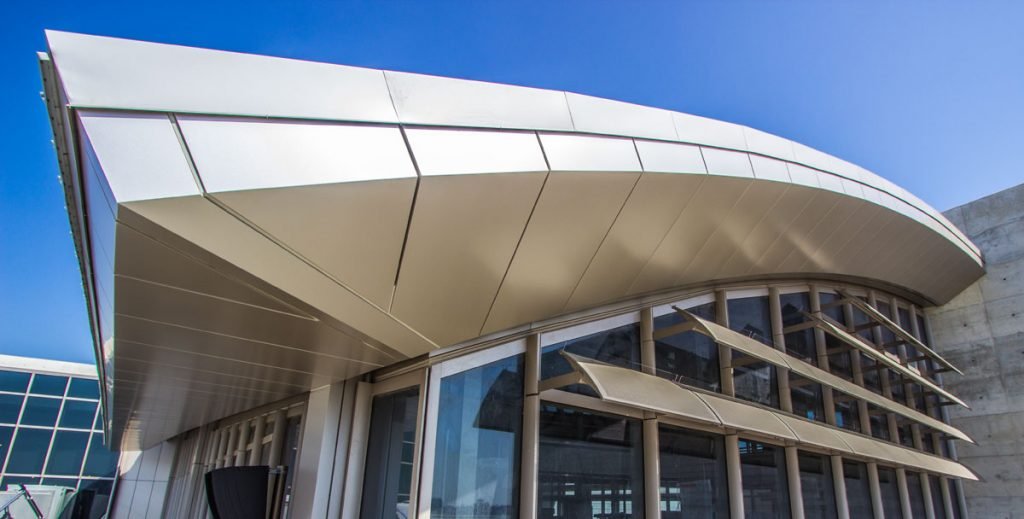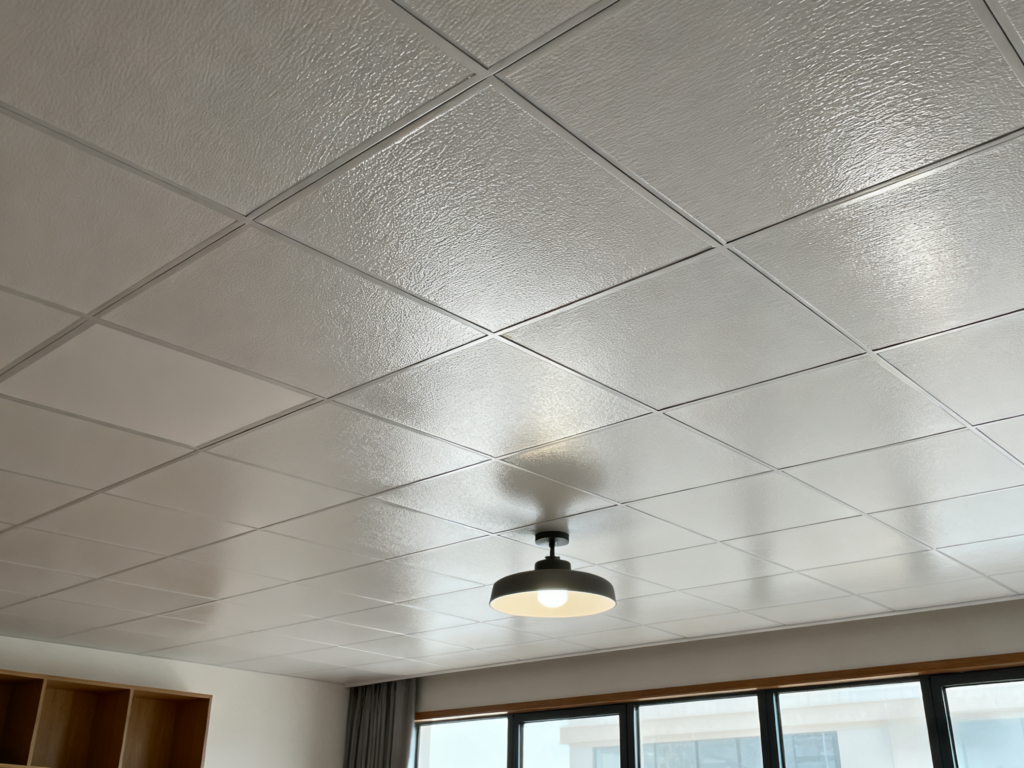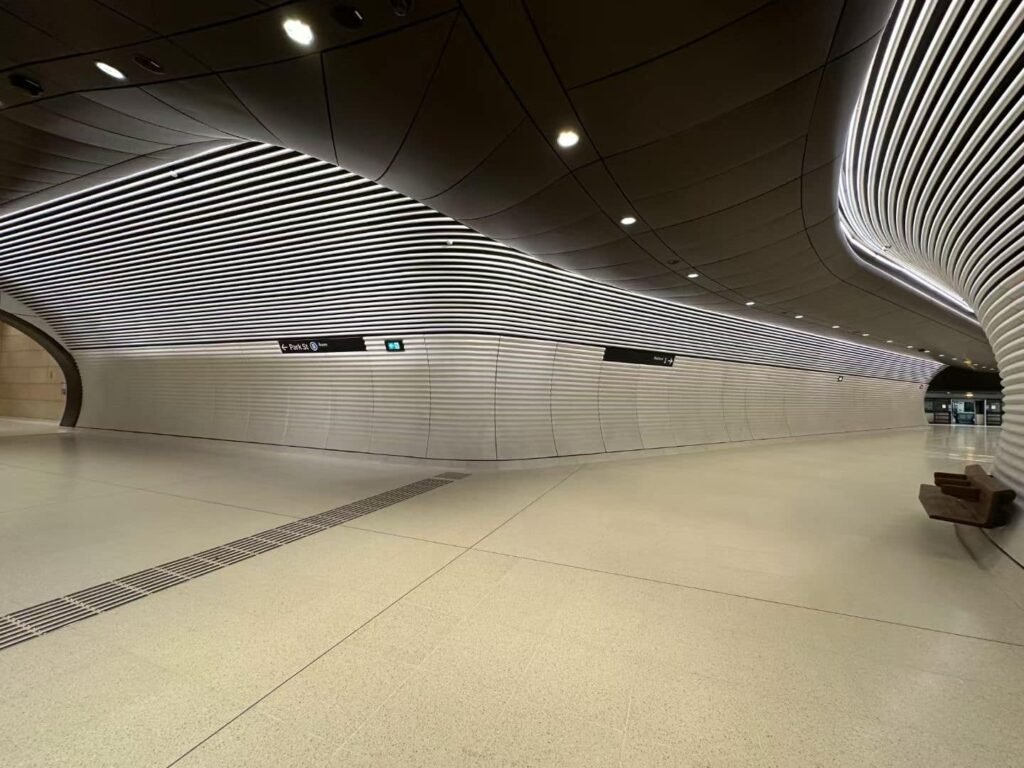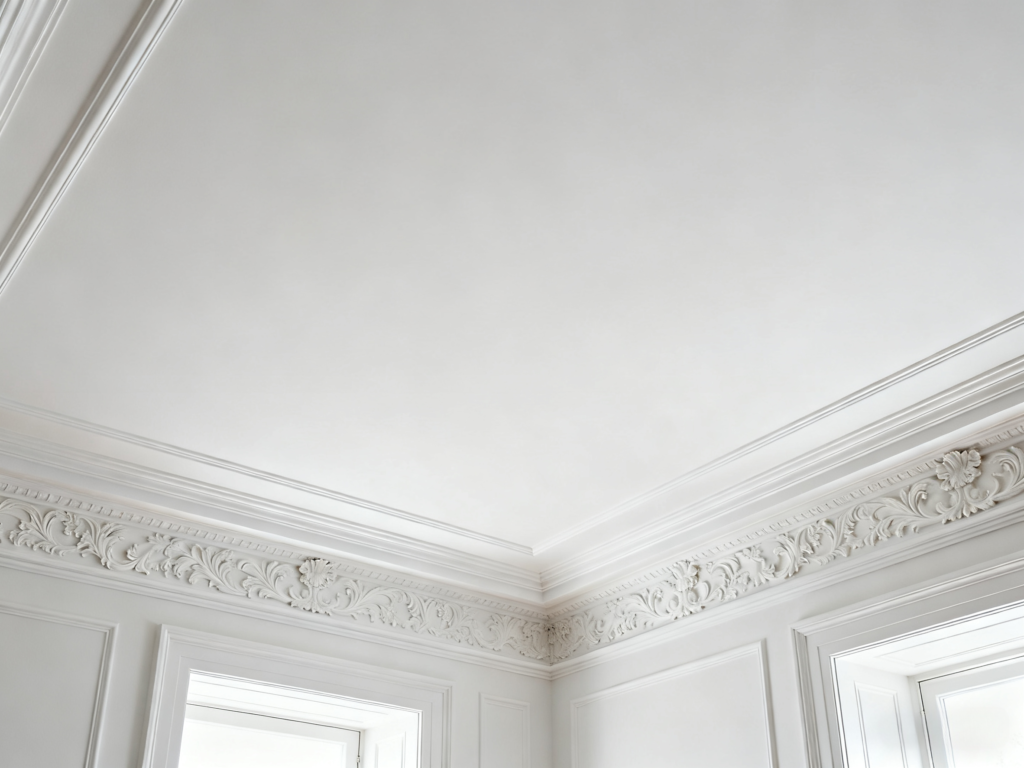Ceilings are an essential component of any room, connecting the roof to the space below. In Indonesia, several materials are used for ceilings, with PVC, GRC (Glass Reinforced Concrete), and Gypsum being the most common. Each of these materials has its own set of advantages and disadvantages, and choosing between them depends on aesthetic preferences, budget, and practical needs.
After reviewing the comparison of the three materials, I believe you will make your own judgment.

PVC Ceilings
What is PVC Ceiling?
PVC ceilings are made from polyvinyl chloride (PVC), a durable and moisture-resistant plastic material. The panels are typically assembled on the ceiling to create a neat and attractive visual effect.
Advantages of PVC Ceilings:
Water Resistance: PVC is highly resistant to water and moisture, making it ideal for areas prone to dampness, like bathrooms.
Low Cost: One of the main reasons PVC is popular is its affordability, making it a budget-friendly option compared to other materials.
Low Maintenance: PVC ceilings require minimal maintenance. They are easy to clean and don’t need frequent painting or repairs.
Durability: PVC ceilings have a long lifespan (10-15 years) and are resistant to discoloration, damage, and decay.
Customization: Available in various styles and finishes, including wood and stone textures, allowing it to match different room aesthetics.

Disadvantages of PVC Ceilings:
Heat Sensitivity: PVC is not suitable for high-temperature environments, as heat can cause it to shrink, warp, or crack. It can also be flammable unless treated with fire-resistant coatings.
Aesthetic Appeal: Some may find PVC ceilings lacking in aesthetic appeal due to their plastic appearance. Opting for textured or glossed versions can mitigate this.
Environmental Impact: PVC materials can release toxic gases over time and are not biodegradable, making them less eco-friendly.
Structural Weakness: PVC ceilings are less strong and can be damaged under heavy loads, making them unsuitable for rooms that require greater structural integrity.
GRC Ceilings
What is GRC Ceiling?
Glass Reinforced Concrete (GRC) is made from a blend of cement, concrete, and glass fibers, offering exceptional durability. GRC ceilings are known for their strength and flexibility, making them an attractive option for many interior designs.
Advantages of GRC Ceilings:
Ease of Installation: GRC ceilings are relatively quick to install due to their flexibility and smooth surface. The material is easy to shape, reducing installation time.
Waterproof: GRC is highly resistant to water and moisture, making it ideal for bathrooms, kitchens, or any other humid areas.
Durability: Known for its robustness, GRC ceilings can last for decades without deteriorating.
Health and Safety: Unlike asbestos, GRC materials are non-toxic and safe for use, ensuring no harm to health.
Affordable: GRC is cost-effective, offering great value for money considering its long-lasting qualities.

Disadvantages of GRC Ceilings:
Installation Challenges: While the material is flexible, precise installation is necessary to avoid cracks. Tighter bolts or poor installation can cause fractures.
Cutting Complexity: Cutting GRC materials requires specialized tools like a grinder, which can make the installation process more complicated.
Design Limitations: There are fewer design options available compared to other materials, limiting customization.
Gypsum Ceilings
What is Gypsum Ceiling?
Gypsum ceilings are made from gypsum board (also known as drywall), which is a mixture of gypsum, water, and other additives. These ceilings offer a smooth, natural finish that enhances the overall look of a room.
Advantages of Gypsum Ceilings:
Aesthetic Quality: Gypsum ceilings provide a sleek, smooth finish, offering a high-end, elegant look that outshines PVC in terms of visual appeal.
Complex Designs: Gypsum allows for more intricate and complex ceiling designs, including decorative features like moldings and multi-layer structures.
Strength and Stability: Gypsum is strong and stable, resisting physical damage and temperature changes better than PVC.
Soundproofing: Gypsum has excellent soundproofing qualities, which helps maintain indoor noise levels and offers better temperature insulation.

Disadvantages of Gypsum Ceilings:
Water Sensitivity: Gypsum is not waterproof, and prolonged exposure to moisture can cause it to soften, swell, and even develop mold. This makes it unsuitable for high-humidity areas.
Complex Installation: Installing gypsum ceilings can be more labor-intensive, especially in rooms with irregular shapes. Specialized skills and more time are needed to achieve a proper fit.
Cracking: Though strong, gypsum ceilings can develop cracks over time, especially under stress or impact.
Vulnerability to Water Damage: Gypsum ceilings can get damaged when exposed to leaks or high humidity, leading to the need for repair or replacement.
Conclusion
Choosing between PVC, GRC, and gypsum ceilings depends largely on the specific needs of your space.
PVC is ideal for cost-conscious homeowners or areas with high moisture exposure, but it might lack the aesthetic appeal of other materials.
GRC offers a solid balance of durability and versatility, suitable for both residential and commercial applications.
Gypsum provides the most elegant and sophisticated finish, but it requires careful maintenance, especially in moisture-prone areas.

Overall, GRC ceilings demonstrate significant advantages as an advanced material in terms of durability, water resistance, health safety, and ease of installation. For corporate clients seeking to enhance building quality and reduce long-term maintenance costs, GRC ceilings are undoubtedly a compelling choice worth considering. If you are searching for a high-performance, low-maintenance, eco-friendly ceiling material with modern aesthetics, GRC offers an ideal solution.

